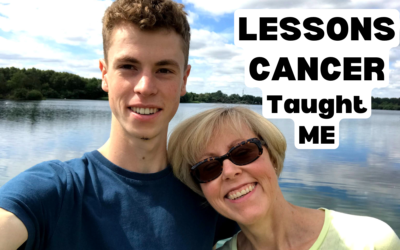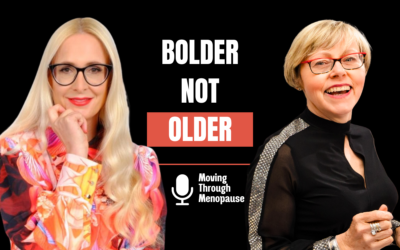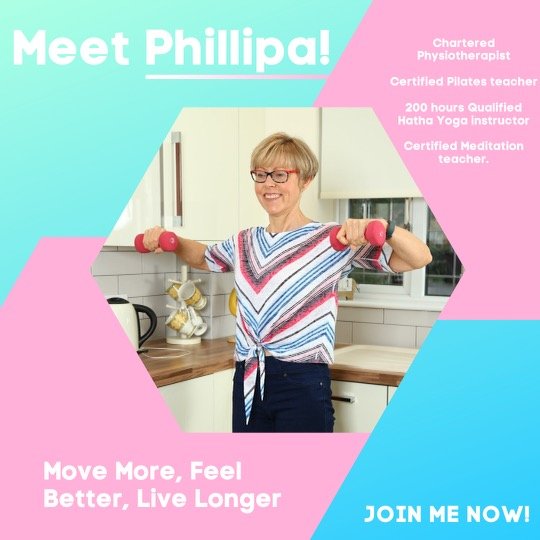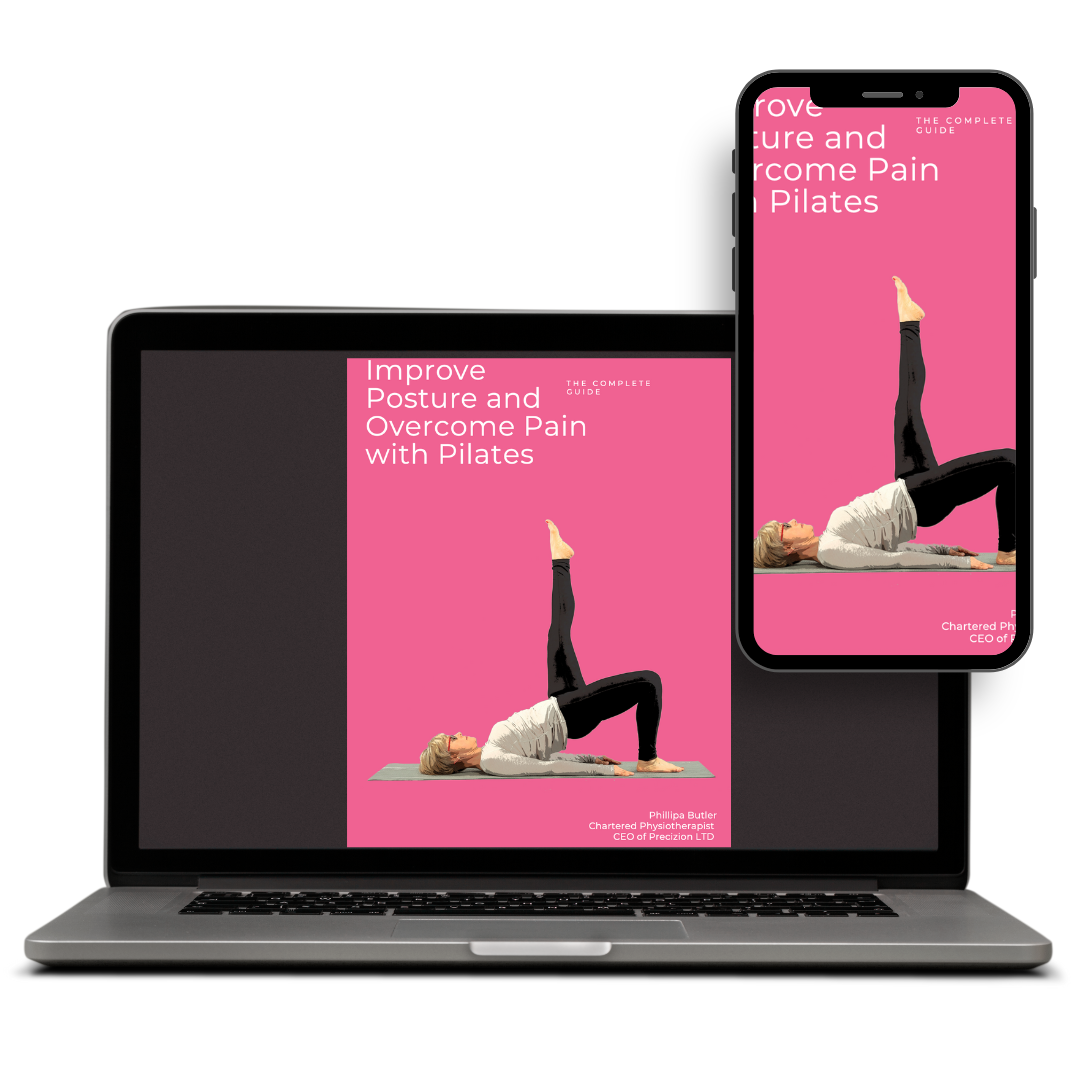It might be a revelation but knees are designed to bend! The normal physiological movements of the knee are called flexion and extension or bending and straightening. The normal range of motion at the knee is from 0 degrees (straight) to around 140 degrees of bend.
But really nothing is that simple and there are also accessory movements that occur in all joints when one articulating joint surface moves relative to another. A Physiological movement is voluntary occurring as a muscle contracts, while accessory movements will occur automatically during physiological movements; thus the two movements occur simultaneously.
The accessory movement at the knee is rotation of the Tibia in relation to the femur but this is only possible when the knee is bent. Although accessory movements are not voluntary, these accessory movements must occur for full-range physiological movement to take place. If any of the accessory component motions are restricted, normal physiological movements will also be inhibited.
Look after your Knee joints!
Try this knee joint mobiliser to care for your knees. Begin standing with your feet and knees together, bend the knees to about 30 degrees and draw small, then medium sized circles clockwise and anticlockwise. Doing this will explore some of the accessory movements at the knee joint which could help to improve the range of physiological movement when practiced regularly. Better still try to put all your joints through the full available range of motion at least once each day; this could take as little as 2 minutes and will pay dividends in the future.
Why should you Walk EVERY Day?

To look after your meniscus of course! Fear of pain and fear of damage are two things which commonly cause people to limit the extent to which they bend their knees, particularly when bearing load.
The meniscus in the knee or ‘cartilage’ is essential to the functioning of the knee, offering load distribution, congruency for the joint, lubrication, and protection to the underlying hyaline cartilage covering the bone ends.
Nourish your Cartilage with Movement!
The meniscus has a relatively poor blood supply and only the outer 10% of the tissue has a circulation, thus they rely to a large degree on synovial fluid for nutrition.
Lack of nutrition may lead to degenerative changes and may inhibit any potential repair capabilities of the menisci. Meniscus degeneration affects around 35% of the population, and potentially contributes to the development of osteoarthritis of the knee.
Nutrients are delivered to meniscal cells via the surrounding synovial fluid and the blood vessels present in the outer region of the meniscus. Synovial fluid is the thick liquid that lubricates your joints and keeps them moving smoothly. It is produced by the synovial membrane and is cleared from the joint by lymphatic vessels, this clearance is assisted by joint motion.
So think of the meniscus like a sponge, when a joint is loaded, the pressure squeezes fluid including waste products out of the cartilage, and when the pressure is relieved, the fluid seeps back in together with oxygen and nutrients.
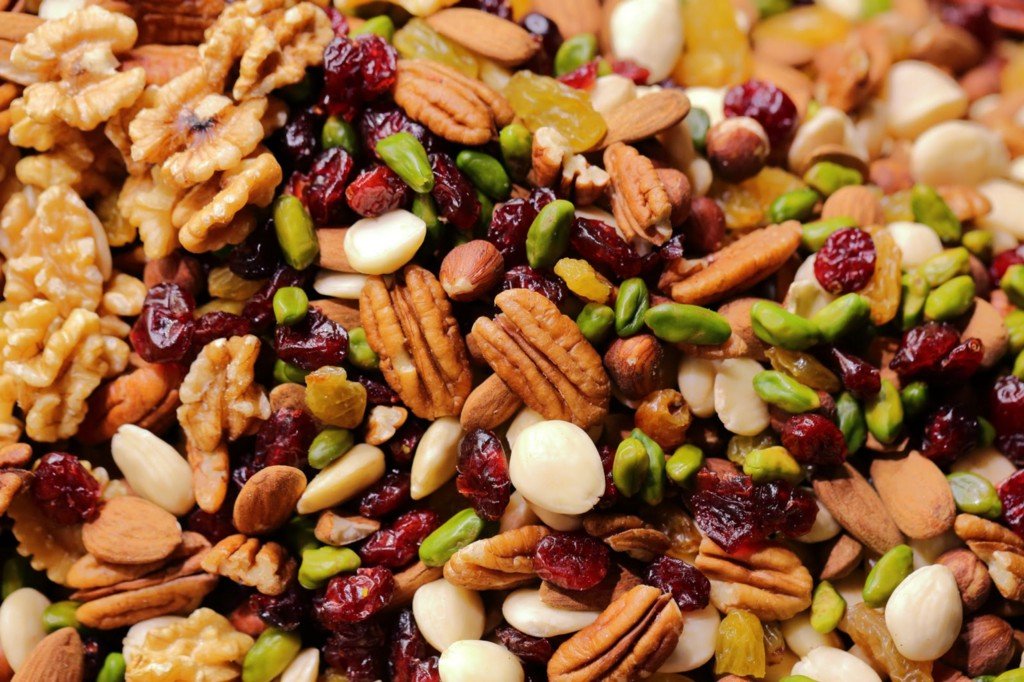
You Are What You Eat!
Healthy Synovial fluid is made of hyaluronic acid and lubricin, proteinases, and collagenases and nutrition really matters. It’s another good reason to eat leafy greens, bright coloured fruits and vegetables, nuts, seeds, olive oil and foods high in omega-3 fatty acids. These foods will help to keep your synovial fluid healthy and nourish your joints. Add foods high in allicin like onions and garlic, and fermented foods like yogurt and kefir to your diet and your joints will be thanking you.
Give yourself the gift of movement
This year why not nourish your knees with Movement. Join me online and feel fitter, stronger and healthier no matter your age! Check out the rest of my 25 movement hacks and make 2023 a year to discover the freedom that strength and suppleness bring.
Author:
Phillipa Butler Chartered Physiotherapist, Pilates and Yoga teacher.




